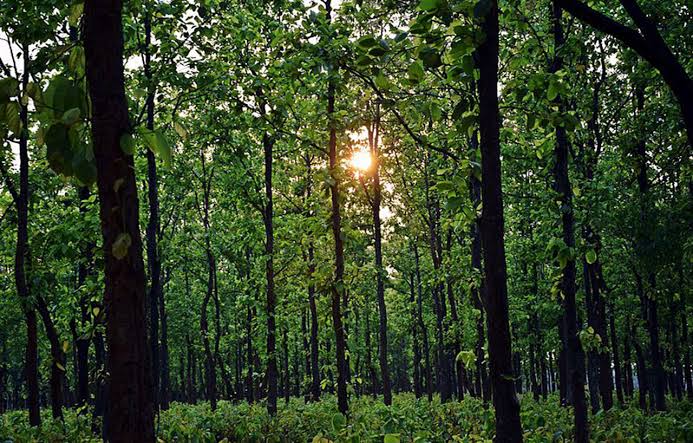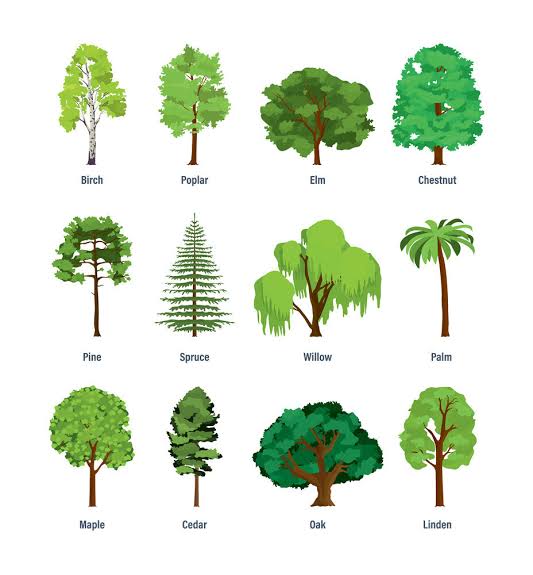Visit a Forest
Chapter 17: Forests: Our Lifeline
Forests are our lifeline. We all depend upon forests in some way or the other for survival. Forests provide us with fresh air to breathe, food, medicines, and other sources like wood, fodder and other raw materials for the industries. Forests prevent soil erosion and hold the earth firmly.
Visit to a forest

Forestry is the science and craft of creating, managing, planting, using, conserving and repairing forests, woodlands, and associated resources for human and environmental benefits. Forestry is practiced in plantations and natural stands. The science of forestry has elements that belong to the biological, physical, social, political and managerial sciences. Forest management play essential role of creation and modification of habitats and affect ecosystem services provisioning
Types of trees
Types of trees

Trees have been grouped in various ways, some of which more or less parallel their scientific classification: softwoods are conifers, and hardwoods are dicotyledons. Hardwoods are also known as broadleaf trees. The designations softwood, hardwood, and broadleaf, however, are often imprecise.
Components of forest
Components of forest
Forests consist not only of living (biotic) components like trees, animals, plants, and other living things but also of non-living (abiotic) components such as soil, water, air, and landforms. All of these components together make up a forest ecosystem.

 Param Publication
Param Publication
 Grow Career Publication
Grow Career Publication
